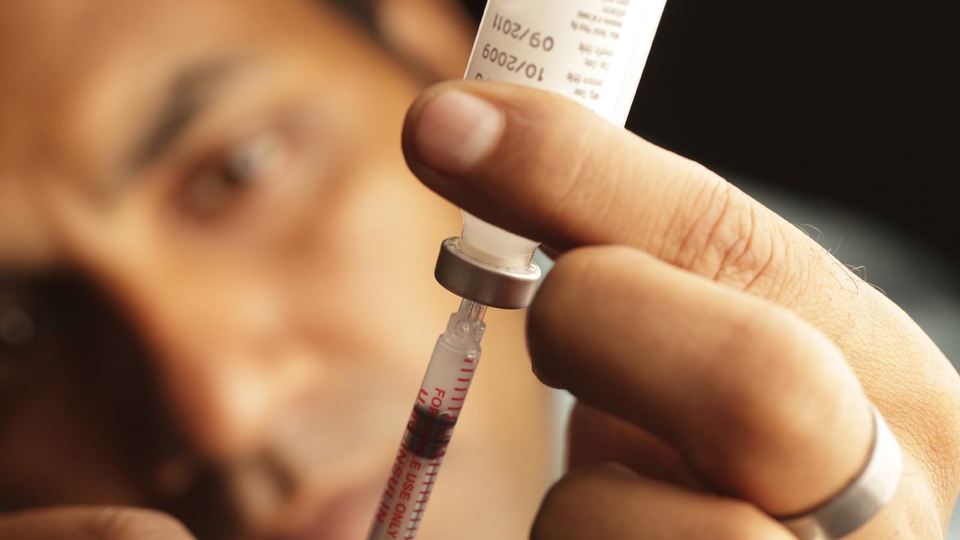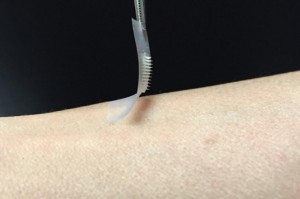“Smart Insulin Patch” Could Bring Relief to Millions with Diabetes

 A team of doctors and biomedical engineers at the University of North Carolina and North Carolina State University have developed a precise and convenient patch that could preclude the need of many diabetics ever having to give themselves insulin injections again. Injections can be painful, and if administered improperly, can lead to adverse health effects for the patient. Individuals with type 1 and advanced type 2 diabetes are required to frequently monitor their blood glucose level with finger pricks and control it with diet and insulin shots. An incorrect dose of insulin can lead to blindness, amputations, coma or even death. A “smart insulin patch” has now been developed that could make injections obsolete for most diabetics once human testing has been completed.
A team of doctors and biomedical engineers at the University of North Carolina and North Carolina State University have developed a precise and convenient patch that could preclude the need of many diabetics ever having to give themselves insulin injections again. Injections can be painful, and if administered improperly, can lead to adverse health effects for the patient. Individuals with type 1 and advanced type 2 diabetes are required to frequently monitor their blood glucose level with finger pricks and control it with diet and insulin shots. An incorrect dose of insulin can lead to blindness, amputations, coma or even death. A “smart insulin patch” has now been developed that could make injections obsolete for most diabetics once human testing has been completed.
The patch is small, smaller than the size of a penny, and it has more than 100 microscopic needles covering its surface, each of which measures glucose levels and contains it’s own supply of insulin. The patches can be placed anywhere on the diabetic’s body. They release glucose fast, and they’re made from nontoxic materials. When glucose levels get too high, the appropriate amount of insulin is released into the user’s blood. Factors such as a patient’s weight and sensitivity to insulin are accounted for to make sure that each person gets a safe level of insulin from the patch. They’re engineered to imitate beta cells that naturally produce insulin in the human body and recreate the functions of pancreatic cells. When beta cells sense that there’s too much sugar in the body, they trigger the release of insulin. Using natural materials, the researchers were able to create artificial vesicles that function in the same way.
Successful trials of the patch have been performed with mice. The team discovered that glucose levels in mice were satisfactory stabilized within 30 minutes and remained that way for several hours. Mice are known to be less sensitive to insulin than humans so the hope is that the “smart insulin patch” will be even more effective in people with stable glucose levels lasting longer than in the mice trials. The ultimate goal is to develop a “smart insulin patch” that diabetics would only need to change after a few days.
Researchers are planning on moving forward with additional pre-clinical tests and then on to human clinical trials. If the patch performs as hoped, it could result in the eradication of hyperglycemia and hypoglycemia in diabetes patients. That possibility alone, could affect the lives of over 387 million diabetics across the world.
